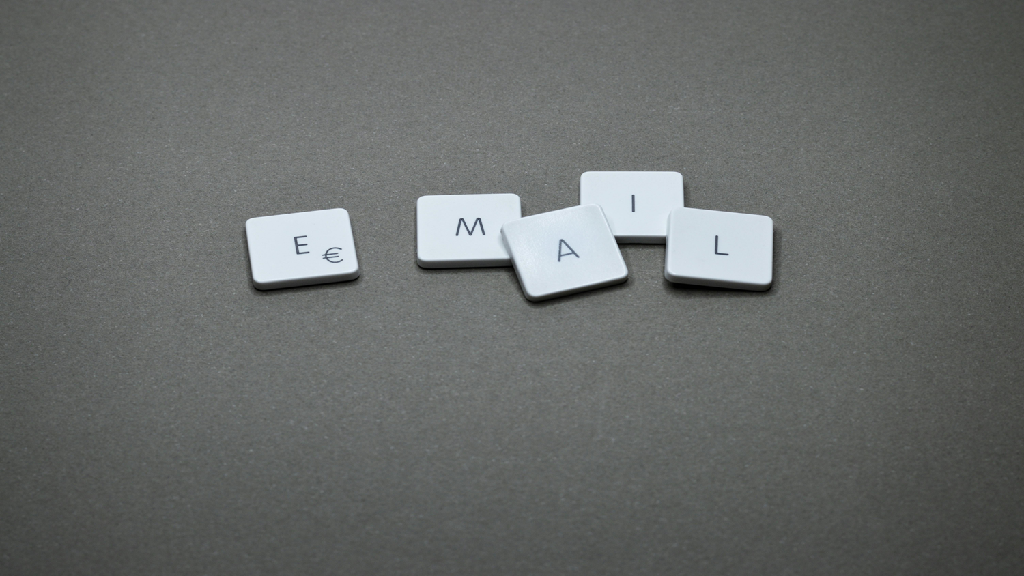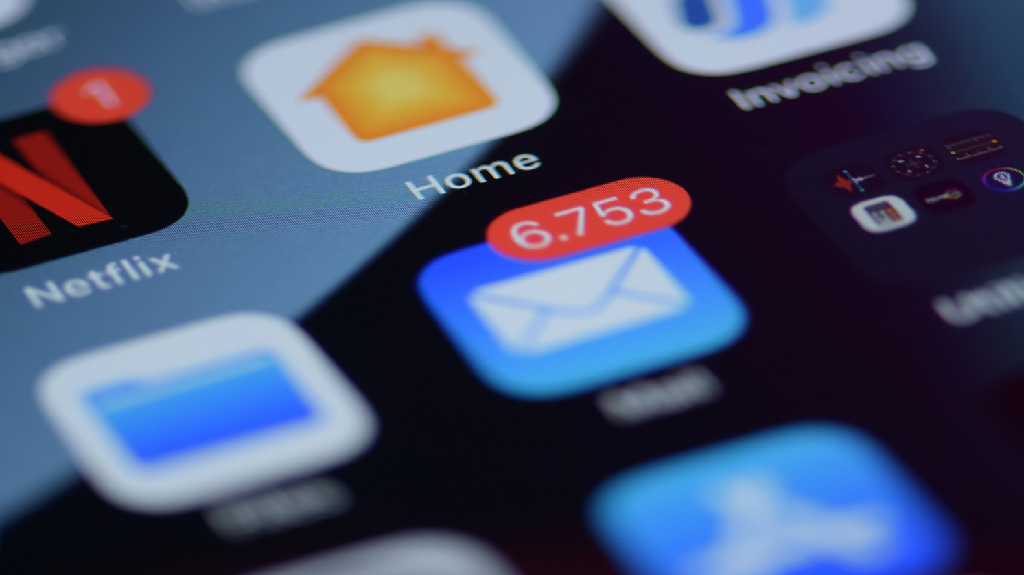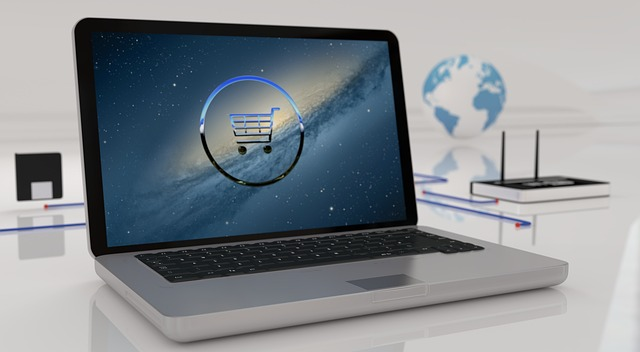Email at the Core: A Guide to Multi-Channel Campaign Management
Multi-channel campaigns are no longer a nice-to-have. They are defining how modern marketing works by connecting with audiences across email, SMS, social, and more, often in the same journey.

What is at the center of it all? The answer is - Email.
It’s the channel that still gets opened, still drives conversions, and still gives you full control over data, automation, and messaging. While other channels are fast and reactive, email is where strategy lives. It’s where campaigns are planned, tested, sequenced, and measured.
That’s why an email-first approach makes sense. It gives structure to multi-channel campaign management, making every message feel part of a larger conversation.
Decoding the Growing Demand for Multi-channel Campaign Management
Multi-channel campaign management is about creating coordinated, consistent experiences across the different platforms including email, SMS, social media, push notifications, and chat widgets.
Instead of running isolated campaigns in each channel, you’re building a connected journey where each touchpoint supports the next. Done right, this leads to a better engagement, improved conversion rates, and clearer attribution.
The benefits are hard to ignore:
a. You meet your audience where they are, without relying on a single channel.
b. You can segment more precisely, using insights from one channel to inform another.
c. You create more opportunities for engagement and re-engagement.
But the moment you remove email as the central layer, things often get cluttered. Without a foundational channel, marketers face:
a. Fragmented messaging and timing conflicts.
b. Limited automation and personalization.
c. Compliance risks and disconnected data flows.
This is why many teams are shifting back to a central strategy where everything else builds around a core channel. And in most cases, that core is email.
Email as Anchor of Multichannel Campaign

Email remains one of the few channels where marketers have full control over content, timing, audience, and performance. That alone makes it a strong anchor in any multi-channel setup.
But there’s more:
a. It’s personalizable at scale. From subject lines to dynamic content blocks, emails can be tailored to segments or even individuals.
b. It’s automated and reliable. Drip sequences, behaviour triggers, and scheduled campaigns let you stay in control while scaling outreach.
c. It’s owned. You’re not at the mercy of third-party algorithms or platform changes.
Email also complements other channels naturally. A campaign that starts with an email reminder can follow up with an SMS for urgency. A nurture email can nudge the recipient to book a demo, then reinforce the value with retargeted social ads. When it comes to compliance, like TCPA or GDPR, email is just as easy to track and stay compliant as TCPA-based text message
That’s why even when you run a bulk SMS campaign or experiment with WhatsApp, web chat, or push notifications, email often holds the plan together. It streamlines the steps, maintains context, and measures what’s working.
Steps to Build a Multi-Channel Campaign Strategy with Email at the Centre
Bringing multiple channels together isn’t just about running them in parallel. It’s about coordination, and email is where that coordination begins.
Step 1: Define clear goals and audience segmentation
Start with the outcome you want such as sign-ups, demos, renewals, reactivations, and break your audience into meaningful segments. Email gives you the space to test value propositions, collect intent signals, and tailor follow-ups accordingly.
Step 2: Design the email campaign as the anchor touchpoint
Build your campaign around a central email flow. Think of email as the narrative thread - introducing the message, expanding on it, and linking to actions across other channels.
Step 3: Integrate complementary channels (SMS, social, web, etc.)
Layer SMS reminders for time-sensitive nudges. Use social retargeting to reinforce the value. Add web chat for instant resolution. But all of it traces back to what the email initiated or supported.
Step 4: Map customer journeys across channels, led by email
Use journey builders or automation tools to lay out how people move across channels. Email should mark the key milestones—including welcome, nudge, convert, and retain—in collaboration with other channels acting as complementary drivers.
Step 5: Ensure consistency in messaging and timing
Even when the format shifts (a long-form email vs. a short SMS), the message should stay consistent. That applies to tone, CTA, and timing irrespective of the channel you’re using.
When email leads, the entire campaign gets a framework. Each channel adds context, urgency, or convenience but the message should be clear and coordinated.
Best Practices for Email Centric Campaign Management

A strong multi-channel campaign starts with a well-run email engine. Here’s how to make sure your email strategy drives the rest of the experience effectively.
i) Personalization and dynamic content in emails
Move beyond “Hi [First Name].”
Use CRM data to tailor subject lines, offers, and content blocks based on user behavior, preferences, or lifecycle stage. Personalized emails consistently outperform static ones in engagement and conversion.
ii) Automated workflows and drip campaigns
Set up automations based on triggers such as form fills, link clicks, time delays. Drip campaigns spaced with the right frequency keep your audience warm without overwhelming them. User behavior-based branching to add depth to the journey.
iii) Compliance and consent management (TCPA, GDPR, etc.)
Email gives you a compliant-first foundation. Make sure you’re logging consent, processing unsubscribe request promptly, and adapting to regional regulations. Tools like SMS Magic include features for audit trails and opt-in management across both email and messaging channels.
iv) Using CRM integrations to sync email and other channels
Email works best when synced with your CRM and campaign tools. You can use this integration to trigger bulk SMS campaigns, assign follow-up tasks, or adjust lead scores based on engagement.
v) Tracking and analytics for email + multi-channel performance
Track metrics across touchpoints, not just opens and clicks, but also channel attribution, response times, and conversation outcomes. With the right platform, you can map this back to the customer journeys.
vi) Important KPIs to track
To understand how your email-centric multi-channel campaign is performing, you need to track metrics across both email and its supporting channels. These KPIs don’t just tell you what happened, they help pinpoint what to improve:-
a. Open rate - Measures how many recipients opened your email. A good indicator of subject line strength and audience targeting.
b. Click-through rate (CTR) - Tracks how many people clicked on a link inside the email. Helps evaluate your content’s relevance and CTA clarity.
c. Conversion rate - The percentage of recipients who completed a desired action (form fill, purchase, booking) after clicking. Reflects overall campaign effectiveness.
d. Customer Lifetime Value (CLTV) - Estimates how much revenue a customer will generate over time. Shows long-term impact of your nurture strategy.
e. Response time across channels - Monitors how quickly your team or system responds to customer actions or replies across email, SMS, and chat.
f. Consent opt-out rates - Tracks how often users unsubscribe or opt out. Helps flag issues with targeting, frequency, or content relevance.
Each of these KPIs works best when looked at together, not in isolation. Combined, they give you a clear picture of how well your campaigns are aligned across channels and where refinement is needed.
vii) Using feedback loops to refine campaigns

Use survey results, click patterns, and interaction data to refine content, timing, and channel mix. Small changes in subject lines or CTA placement can shift overall performance.
A campaign anchored in email gives you visibility and control across the stack helping you make faster, and smarter optimizations over time.
Conclusion
Multi-channel campaign management isn’t about being everywhere, it’s about being coordinated. And that coordination needs a central engine.
Email fits that role naturally. It’s scalable, measurable, and flexible enough to lead both strategy and execution. When email sets the rhythm, every other channel whether it’s SMS, WhatsApp, or social can follow with purpose.
For teams aiming to create more consistent, conversion-ready journeys, it makes sense to start where you have the most control and visibility. That’s why email-first, integrated campaigns are no longer just a best practice, they’re becoming the standard.
If you’re planning your next campaign, build it around email, and let every other channel enhance it.







